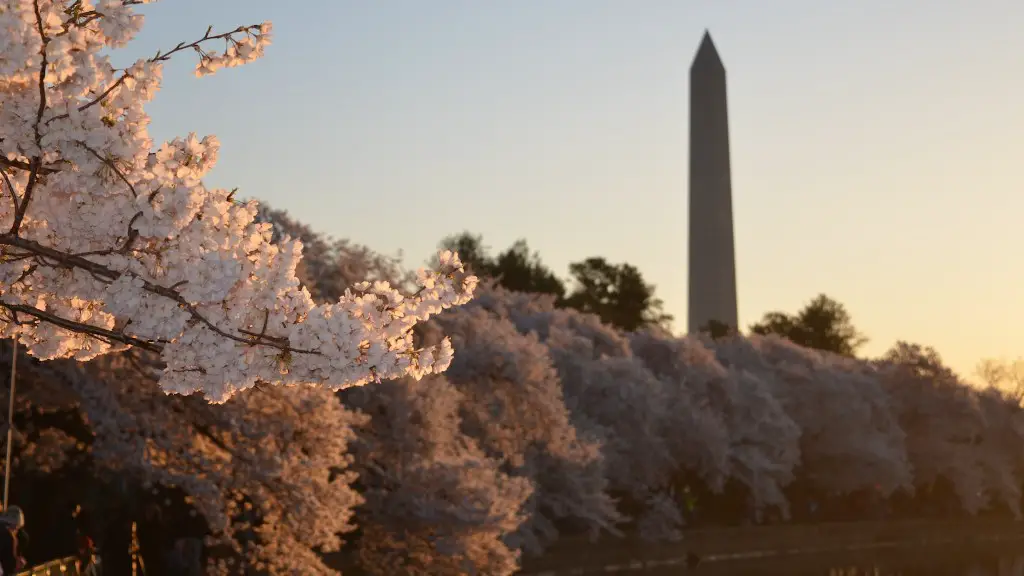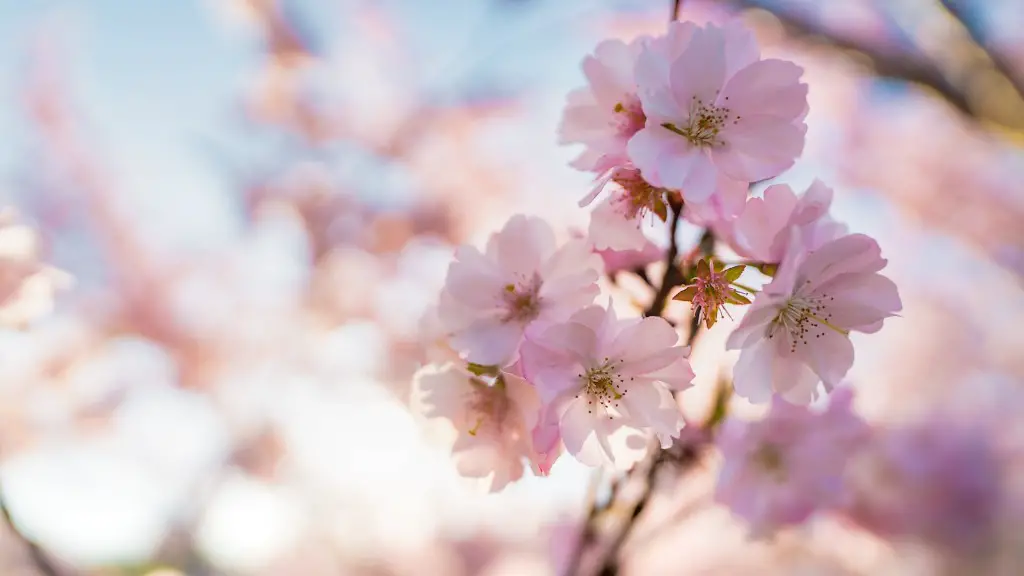Effects of Fungus on Cherry Trees
Fungus is one of the biggest threats to cherry trees and can cause a range of problems. It can weaken plants, reduce yields, and shorten the life of the tree. Fungus can also cause stem cankers, defoliation, root rot and other diseases in cherry trees. If left unchecked, it can lead to the demise of the entire tree.
Identifying Fungal Infections
Fungal infections usually manifest themselves as unsightly black spots, brown or yellow patches, or white mold on the leaves, twigs, and flowers of a cherry tree. The foliage can become misshapen with distorted colors, and the sap can become discolored. In more serious cases, the leaves can become dry and brittle, and eventually fall off the tree.
If the infection is severe and left unchecked, the tree may become barren of any foliage. This is an indication of a potentially dead tree, and the infected area should be avoided.
Treating Fungus on Cherry Trees
Fortunately, there are various treatments that can help to eradicate the fungus, and get the cherry tree back to health. It is important to diagnose and identify the type of fungus before beginning treatment. The most common treatments include pruning, fungicides, and biological controls.
Pruning is the most common and effective way to treat fungus on cherry trees. Pruning will remove any infected or decaying matter from the tree, preventing the spread of the fungus. Cutting any dead wood from the tree will help to promote new healthy growth, and will encourage air flow and water to reach other parts of the tree, preventing future fungus build up.
Fungicides are also used to treat fungus on cherry trees. They are chemical substances that are applied to the infected area and can help to prevent or stop the spread of the fungus. Be sure to read the instructions on the labels of the product before using any fungicide. It is also advisable to contact a professional to help with the application.
Biological controls are also available and can be used as an alternative to chemicals. These are friendly bacteria or fungi that can be used to counteract the spread of the fungus on the tree. These organisms are bred and released into the environment and are effective at controlling fungi.
Preventing Fungus on Cherry Trees
In addition to treatments, there are several preventative measures that can be taken to keep the fungus away from cherry trees.
Cherry trees require proper pruning techniques to prevent the fungus from growing. Pruning techniques should involve removing any weak branches and trimming away dead or dying leaves. This will ensure that air and water can properly circulate throughout the tree, which can help to prevent fungus build up.
It is also important to keep the trees well-watered, as dry trees are more prone to fungal infections. Mulching helps to conserve moisture, as well as providing additional nutrients to the soil. When applying fertilizer, it is important to use products with a low nitrogen content, as high levels of nitrogen can lead to excess foliage, which can then be infected by fungus.
What to do if Fungus is Present
If fungus is already present in a cherry tree, then it is important to begin treatment as soon as possible. The earlier the treatment is started, the better the chance of eliminating the fungus and returning the tree to its former healthy state.
Regular inspection of the tree will allow for early detection of any fungal infections. This will allow for quick action, and any infected areas can be treated with fungicides before the fungus spreads to other parts of the tree.
Fungal Diseases Affecting Cherry Trees
Fungal diseases can cause many different symptoms on cherry trees. These include leaf spot, blotch, root rot, cankers, and mosaic. Leaf spot is the most common of these, and appears as small black or brown spots on the leaves. Blotch is a type of fungal infection which affects the foliage, causing discoloration and wilting of the leaves.
Root rot can be caused by a variety of different fungi, and will cause the roots to become weak and discolored. The leaves of the tree will start to die, and the overall vigor of the tree will suffer. Cankers are caused by a group of fungi known as Sphaeropsis and will cause the twigs and branches to become cankered and blackened. The bark of the tree may become cracked, and it will eventually die.
Mosaic is a virus that is spread to trees from aphids, which feed on the sap of the tree and inject the virus in the process. This virus affects the foliage and causes yellow or light green patches on the leaves.
Conclusion
Fungal infections are one of the leading causes of tree death and can cause a range of problems in cherry trees. It is important to take the necessary steps to prevent and treat fungus, as this will ensure that the tree remains healthy and vigorous. Pruning, fungicides, and biological treatments can all help to eliminate the fungus and return the tree to its former glory.

